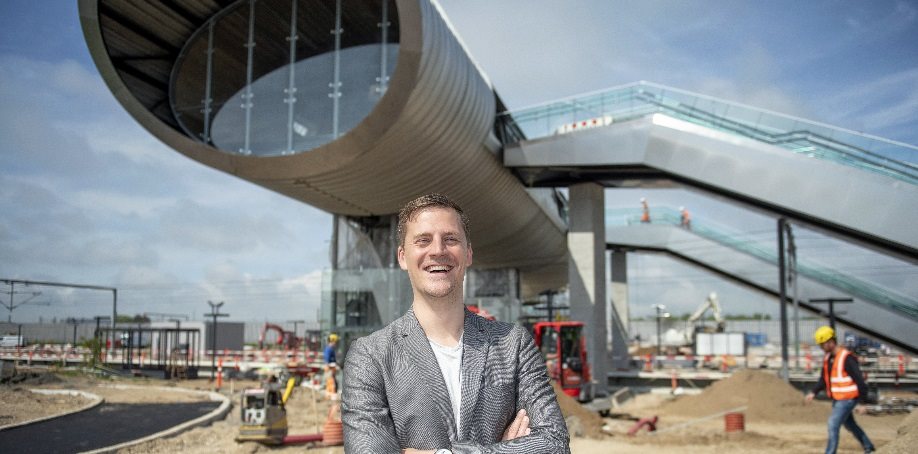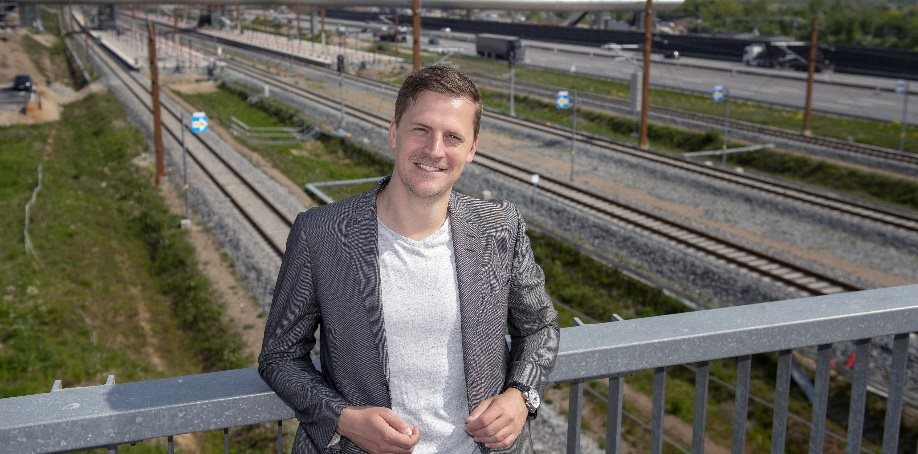

Insights Lasse has a passion for 3D in infrastructure projects

Interested? Find out more about life at AtkinsRéalis
Sign up to receive the latest content tailored to your interests
Our articles
+(1).jpg)
Preview
AustraliaContent type
BlogsPublish date
04/24/2024
Summary
In a momentous shift, SNC-Lavalin has transitioned to AtkinsRéalis, marking a new era of innovation, collaboration, and excellence in engineering consultancy. With this rebrand comes a fresh persp
.jpg)
Preview
IndiaContent type
BlogsPublish date
04/23/2024
Summary
As Mumbai continues to evolve and expand, the demand for sustainable infrastructure and cutting-edge technology has never been more pressing. At the forefront of this transformative journey is Atk

Preview
EuropeContent type
BlogsPublish date
04/22/2024
Summary
Hi there! I'm Paul, a civil engineer with over 25 years of experience specializing in networks and drainage engineering. My role at AtkinsRéalis spans managing projects, directing major initia

by
Shailaja Mantha

Preview
EuropeContent type
BlogsPublish date
04/22/2024
Summary
Meet Paul, a talented civil engineer in water management whose career journey is as inspiring as impressive. Starting at AtkinsRéalis, fresh out of university in 1997, Paul quickly distinguish

by
Shailaja Mantha

Preview
Middle EastContent type
BlogsPublish date
04/18/2024
Summary
In the vast expanse of the Saudi Arabian landscape, you’ll find a beacon of innovation, a vision for a better, greener tomorrow. NEOM sits in the heart of the Tabuk province and isn’t just anothe

Preview
AsiaContent type
BlogsPublish date
04/18/2024
Summary
As a global metropolis, Hong Kong has long been a fantastic place to be a civil engineer. With world-class infrastructure all around, effective civil engineers have many opportunities to be a
.jpg)
Preview
AustraliaContent type
BlogsPublish date
04/18/2024
Summary
In January 2024, Srijana embarked on a new chapter in her engineering career, joining AtkinsRealis as a Chartered Structural Engineer. With six years of experience on a wide variety of projects, Sr

Preview
Middle EastContent type
BlogsPublish date
04/16/2024
Summary
In the Kingdom of Saudi Arabia (KSA), you’ll find an awe-inspiring and profoundly transformative endeavor that encapsulates innovation, sustainability, and the unparalleled proficiency of AtkinsRéa

Preview
EuropeContent type
BlogsPublish date
04/11/2024
Summary
Hello, I'm Ben, Mechanical Team Lead in the Decommissioning & Waste Services team. My journey at AtkinsRéalis, from a graduate to a team lead, has been inspired by my belief that we can "engin

by
Shailaja Mantha
.jpg)
Preview
EuropeContent type
BlogsPublish date
04/04/2024
Summary
Welcome to the dynamic world of nuclear engineering – where innovation meets sustainability. We unveil the pathway to landing a nuclear engineering job, even without prior experience in the nuclea

Preview
Middle EastContent type
ProjectsPublish date
04/04/2024
Summary
The AtkinsRéalis team, in a commendable collaboration with the site team, United Engineering Construction (UNEC), and its subcontractors, has exhibited exceptional dedication and expertise, making

Preview
Middle EastContent type
BlogsPublish date
04/04/2024
Summary
In the world of construction and development, where innovation meets hard work under the towering silhouettes of our projects, the role of women has been historically underrepresented. However, the

AtkinsRéalis
Equality, diversity and inclusion
We’re devoted to growing the diversity of our people, promoting an inclusive culture, providing everyone with an equal voice because simply put, it’s the right thing to do. Click to learn more.
Find out more



